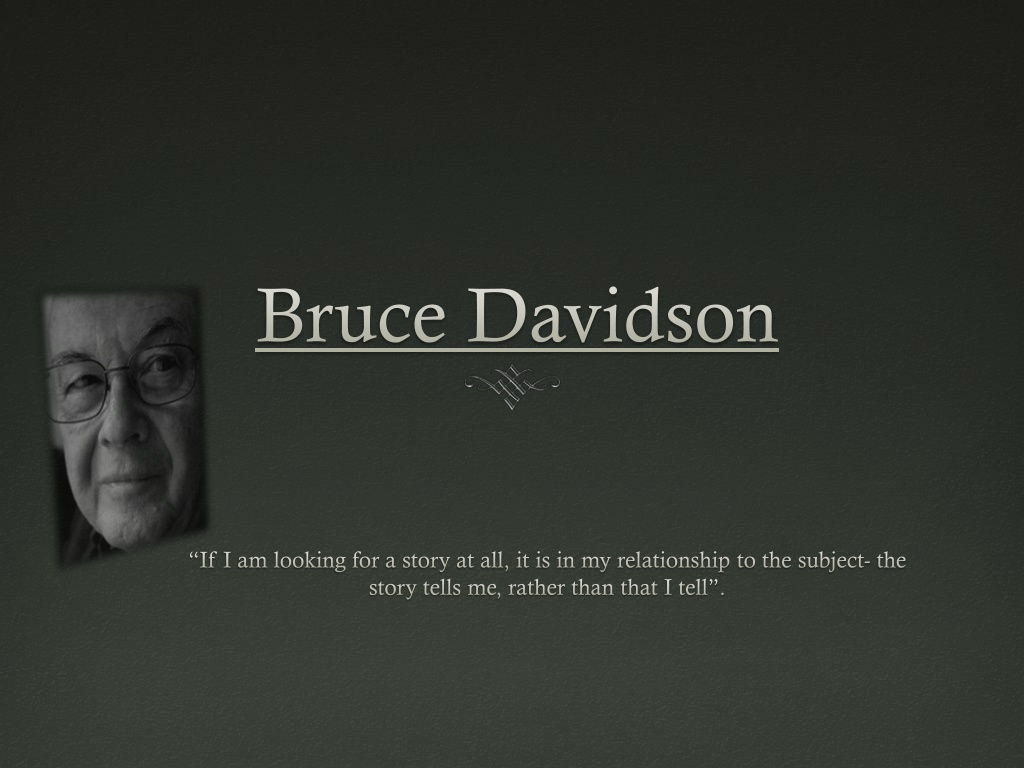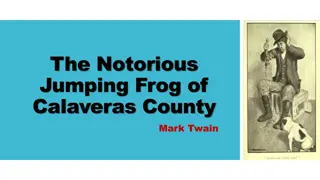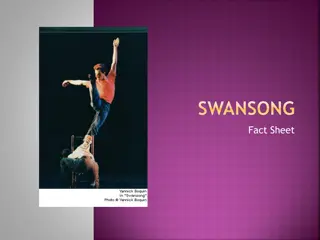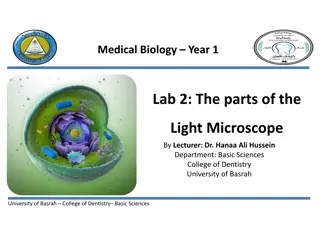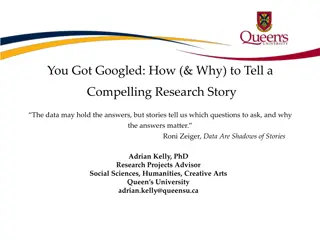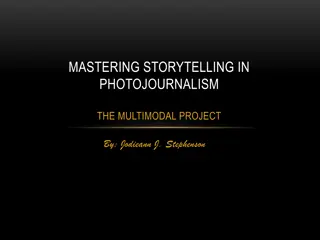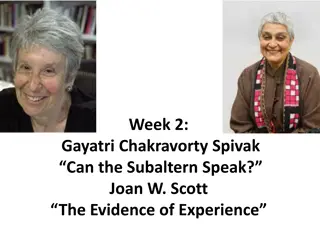The Storytelling Lens of Bruce Davidson
Bruce Davidson, a renowned photographer, finds stories in his relationship with the subject. From his early recognition in photography to his iconic works such as "The Dwarf" and "East 100th Street," Davidson's career has been marked by a deep exploration of social conditions and human landscapes. His contributions to documentary photography have earned him prestigious awards and distinctions, reflecting a 50-year legacy of capturing meaningful narratives through his lens.
Download Presentation

Please find below an Image/Link to download the presentation.
The content on the website is provided AS IS for your information and personal use only. It may not be sold, licensed, or shared on other websites without obtaining consent from the author. Download presentation by click this link. If you encounter any issues during the download, it is possible that the publisher has removed the file from their server.
E N D
Presentation Transcript
Bruce Davidson If I am looking for a story at all, it is in my relationship to the subject- the story tells me, rather than that I tell .
In the Beginning Born September 5, 1933 in Oak Park, Illinois Started taking photographs at age 10 and inspired by Henri Cartier-Bresson and Robert Frank At 19, he won his 1stnational recognition for his photography, 1952 Kodak National High School Photographic Award for photo he took of an owl After graduating from high school ha attended the Rochester Institute of Tech. and Yale University.
While in college Davidson was drafted into the U.S. Army where he was stationed in Paris At Paris is where he met Henri Cartier-Bresson, one of the founders or the agency Magnum Photos In 1957 he left military service and worked as a freelance photographer for LIFE magazine Then in 1958 he became a full member of Magnum
First Famous Works From 1958 to 1961 he created works called The Dwarf , Brooklyn Gang and Freedom Rides From 1991-1995 he photographed landscapes and layers of life in Central Park. Received a Guggenheim fellowship in 1962 and created documentations of the civil rights movement. A year later the Museum of Modern Art in New York presented his work In 2006 he completed a set of photos titled The Nature of Paris Then in 1967 he received the first grant for photography from the National Endowment for the Arts, he spent 2 years witnessing the social conditions in East Harlem. His work was called East 100th Street
Awards Lucie award for Outstanding Achievement in Documentary Photography in 2004 A Gold Medal Lifetime Achievement Award form the National Arts Club in 2007 Bodies or his classic work from his 50-year career been published in monographs and in many major, public and private fine art collections.
USA. New York City. 1966. East 100th Street. Bruce Davidson 1966
USA. New York City. 1966. East 100th Street. Bruce Davidson 1966
USA. New York City. 1966. East 100th Street Bruce Davidson 1966
USA. Palisades, New Jersey. 1958. The Dwarf. Jimmy Armstrong.
USA. New York City. 1959. Brooklyn Gang. Coney Island Beach.
USA. 1965. Alabama. Selma. A group of civil rights demonstrators march from Selma to Montgomery.
USA. 1962 Birmingham, Alabama. Reverend Martin Luther KING at a press conference.
USA. 1965. Alabama. One-room schoolhouse near Selma.
Bibliography "Magnum Photos Photographer Profile." Magnum Photos Photographer Profile. N.p., n.d. Web. 12 May 2016. http://www.magnumphotos.com/C.aspx?VP3=CMS3 &VF=MAGO31_9_VForm&ERID=24KL53ZTH6 "The New York Photo Festival 2012 | Bruce Davidson." The New York Photo Festival 2012 | Bruce Davidson. N.p., n.d. Web. 12 May 2016. https://nyph.at/ruga/bruce_davidson.html
